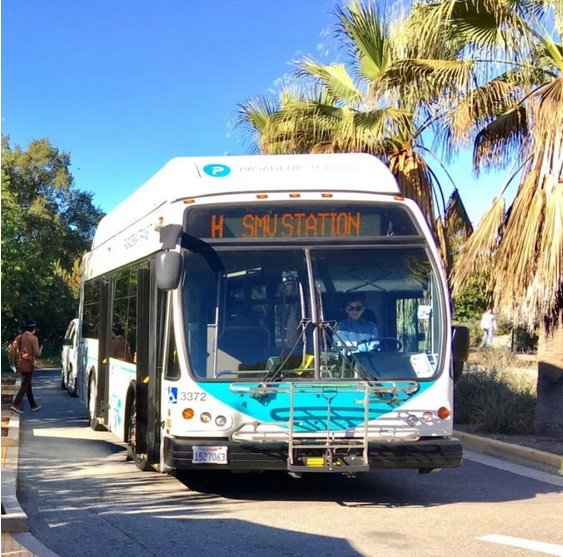California’s Transit and Intercity Capital Rail Program has released a second round of grants for 2023, awarding $690 million to 28 projects around the state. This brings to $3.2 billion the total awarded in 2023 to get big transit projects going. $2.54 billion was awarded in February to already existing projects.
This group of TIRCP grants is for new projects that improve and expand passenger rail service and bus transit, and support clean energy. According to grant documents, all of these projects benefit disadvantaged communities. They will result in the acquisition of 277 new zero-emission vehicles at transit agencies all around the state, as well as the development of several high-priority mobility hubs and rail projects.
In February, the California State Transportation Agency (CalSTA) had said that it would be granting another $1.14 billion at this time; this is about $350 million less than that. About that much was set to be used for grade separation projects, which are not included in this list. CalSTA says it plans to release that funding, plus some for transit capital projects, soon.
The full list of projects that received funding is available at CalSTA’s website. They include a host of zero emission bus and “microtransit” vehicle purchases, planning and development of future large-scale projects including hubs, rail, and infrastructure components, and enhancements to existing transit systems that include upgrades to software and communications systems and other services.
The grants will support the Valley Link Rail project in the San Joaquin Valley (connecting Stockton to BART), L.A. Metro "CORE" C (Green) Line light rail capacity improvements and Eastside Gold Line extension planning, studying track relocation for LOSSAN (Los Angeles - San Diego - San Luis Obispo Rail Corridor) in Orange County, passenger rail in Riverside County, and studying passenger rail in Santa Cruz. It will also support building infrastructure to support electric ferries on the San Francisco Bay.
A few other examples:
- High Desert Clean Connector – $3.9 million for four zero-emission buses to serve a new transit commuter route between the Antelope Valley and Victorville using existing charging infrastructure. The same High Desert corridor also received funding $8 million for planning high-speed rail.
- Mobility Hub at the Sacramento Valley rail station – $30.8 million for a new building, contactless far reading technology for multiple bus agencies that serve the station, and project development for a new station in Hercules and a third track to Roseville.
- Pasadena Transit – $14 million for forty zero-emission buses and infrastructure to support them, plus related service improvements including transit signal priority, fare payment upgrades, and other passenger amenities.
- Richmond Moves – $3.1 million for zero-emission microtransit vehicles that will operate citywide.
- Simi Valley Regional Transit Center – $7 million for a new transit center with regional connections, a park-and-ride lot, and six zero-emission buses.
- Santa Cruz intercity transit – $38.5 million for 24 zero‐emission hydrogen buses to be used on Highways 1 and Highway 17, as well as for redeveloping the Watsonville Transit Station and Pacific Station.






